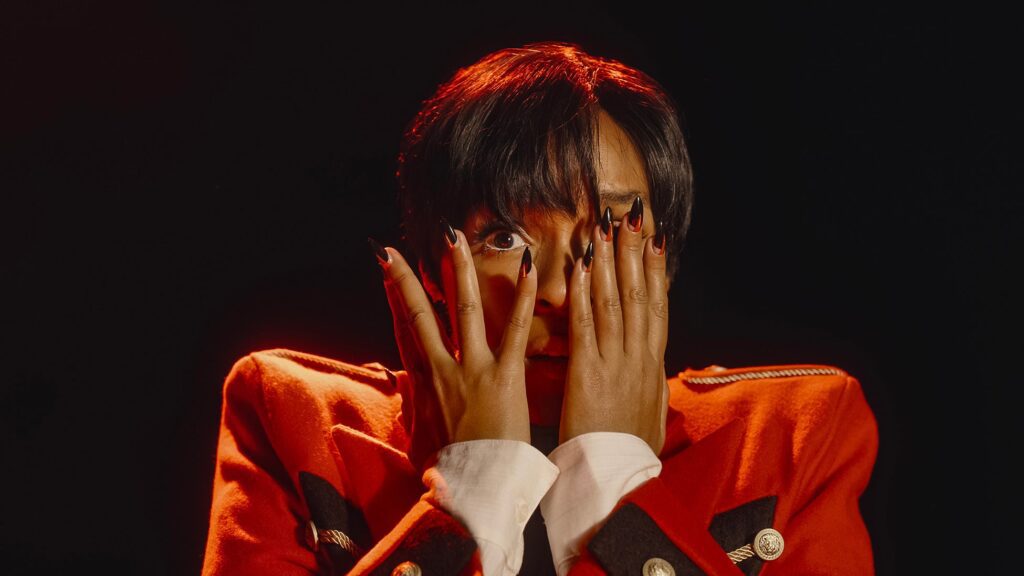A 13-year-old Connecticut boy suffered second- and third-degree burns in 2001 after he set himself on fire by imitating a stunt on MTV’s show Jackass. The show was a hit, but it was pulled off the air following its third season after some of its lead stars left the show.
Shows with the raw appeal that made Jackass notorious will always have a following, especially among hard-to-reach young males — and the marketers who want to connect with them. But brands are necessarily cautious, especially when associating their products with shows laced with profanity, attitude and nudity.
Three networks in particular take that in-your-face approach — Spike TV and Comedy Central, both owned by MTV Networks, and FX Networks. And, a growing number of marketers are tapping brand integration at those networks to reach a key audience, males 18-34. That means more packaged media deals, including sponsorships, tie-ins, product placement and custom programming.
DaimlerChrysler’s Dodge brand integrates its Charger truck in FX Networks’ gritty cop drama The Shield showcasing the brand’s action and adventure attributes. In the show, the lead character, Vic Mackey, drives the truck on his way to thumb bad guys. The show, known for its scenes of nude backsides and graphic sex and violence, has just enough boldness (without the F word) to keep viewers coming back for more.
“Obviously, television in general has gotten pretty edgy,” says Mark Spencer, a Dodge spokesperson. “We try and be smart about it.”
“This is part of our way of doing business in today’s market because of technology, DVRs and Tivo,” says Barry Schwartz, senior VP integrated sales and marketing for Fox Cable Networks Entertainment Group. “There is a challenge to us, there is a challenge to the advertisers to think of ways to reach out to the consumer.”
“Clearly, what we do is not for everybody,” Schwartz adds. “For some advertisers, it is appealing and for others it is not. We understand that.”
Dodge, too, found a niche in comedy, showing that some brands are willing to be mocked to get attention. This spring, Comedy Central launched seven custom vignettes highlighting Dodge Caliber’s features in a humorous light on Stand Up Nation with Greg Giraldo and online on ComedyCentral.com. In one 50-second bit, Giraldo showcases the Caliber’s ChillZone beverage cooler bin. In Comedy Central fashion, Giraldo shows how the Caliber cools other “necessities” as he pulls over to the side of the road and slips on a pair of underwear that had been chilling in the cooler. He quips, “There’s nothing better on a summer day than…putting on a cool pair of tighty-whities.” In another spot, Giraldo shows just how many garden hoses you can stuff into the car at one time.
“Certain advertisers have more of a sense of humor than others,” explains Mitch Fried, senior VP-promotion marketing for Comedy Central. “We will incorporate products in a humorous fashion that is Comedy Central funny. We will never break away from our brand and position. Advertisers appreciate that.”
Some shows, like Comedy Central’s animated South Park, with its wisecracking and lewd characters, are too crude for brands. But marketers like Domino’s Pizza will play with the network in different ways.
“There is a risk,” says Tim Sullivan, director of media services for Domino’s Pizza. “Maybe you are pushing the boundaries a bit. It just boils down to a judgment call.”
Last October, Domino’s Pizza sponsored a tamer Comedy Central tribute around National Pizza Month. The network created four comedic vignettes all about pizza. Domino’s got tagged spots as the sponsor of the bits.
In a separate 2004 arrangement, Comedy Central integrated Domino’s into an episode of Shorties Watchin’ Shorties, which features animated acts of real-life comedians. In the episode, characters eat Domino’s while branded pizza boxes are strewn on the floor.
“What we try to do is look at the brand and its message and find the right opportunity,” Fried says. Yet, the challenge is to make people laugh without offending the brand, he says.
Yet other brands, like Harley-Davidson, need a vehicle such as Spike TV’s Blade: The Series to “talk” to its male-orientated audience. The show, which can be gory and violent, launched June 29. It features Blade, a half man, half vampire who rides a Harley-Davidson VRSCD Night Rod motorcycle on his quest to battle demonic creatures of the night. The placement is the first of its kind for the Milwaukee, WI-based brand, which relies heavily on print ads. In leveraging the show, Harley-Davidson gets far more exposure than in a 30-second spot, says Tom Watson, director of marketing, The Harley-Davidson Motor Co.
“There is a challenge where people are fast forwarding commercials,” Watson says. “This is one way to combat that. It’s one way of kind of making ourselves fast-forward proof.”
In such deals, brand awareness is a two-way street. Harley-Davidson becomes a star by aligning with a popular show, while the network associates itself with a well-respected brand. “It’s obviously a benefit for both of us,” says Chris Rapp, VP-integrated marketing for Spike TV.
When it comes to branded entertainment, new ideas are plentiful, but challenges still abound.
“The challenge is never not getting enough [ideas],” Domino’s Sullivan says. “The question is, are they good ideas? Good is going to be defined by your brand objectives so you can run them up against a scorecard.”
 Network
Network


